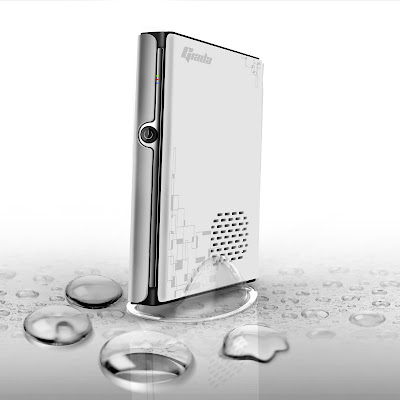At the end of September we found out that until 2011 ended, AMD planned to launch two new chips in its A-Series APU product family which were supposed to come with unlocked multiplier, dubbed the A6-3670K and A8-3870K, and these two processors have now become available for pre-order in the US.
Both of these processors greatly resemble their predecessors, the A8-3870K coming as a 100MHz higher clocked version of the current A8-3850, which means that it now runs at 3GHz.
The second unlocked APU to be released by AMD is called the A6-3670K and this also is an almost exact copy of the A6-3650 it is meant to replace apart from the 2.7GHz operating speed, again 100MHz higher than that of its predecessor.
Outside of the higher operating clock and unlocked multiplier, both of these chips will feature similar specifications as they sport quad processing cores with 4MB of Level 2 cache memory, an integrated dual-channel DDR3-1866MHz controller, and built-in Radeon HD graphics.
The power consumption of the two AMD accelerated processing units was also left untouched which means that is rated at 100W.
Pre-order prices of the AMD A-Series 3670K and 3870K APUs listed by Bottom Line Telecommunications and uncovered by CPU-World are set at $121.50 (90.6 EUR) and $143.77 (107.25 EUR).
On a quick look, these seem to be identical with what the current A6-3650 and A8-3850 chips are retailing for in the same store, so there is a strong possibility that AMD will introduce the new APUs at the same price level as their current counterparts.
The unlocked multiplier design that AMD plans to introduce with the 3670K and 3870K will greatly improve their overclocking potential since the maximum FSB achieved by Llano APUs is severely limited at this point, mostly due the integrated graphics core.



 12/05/2011 10:51:00 PM
12/05/2011 10:51:00 PM
 dannzfay
dannzfay



















